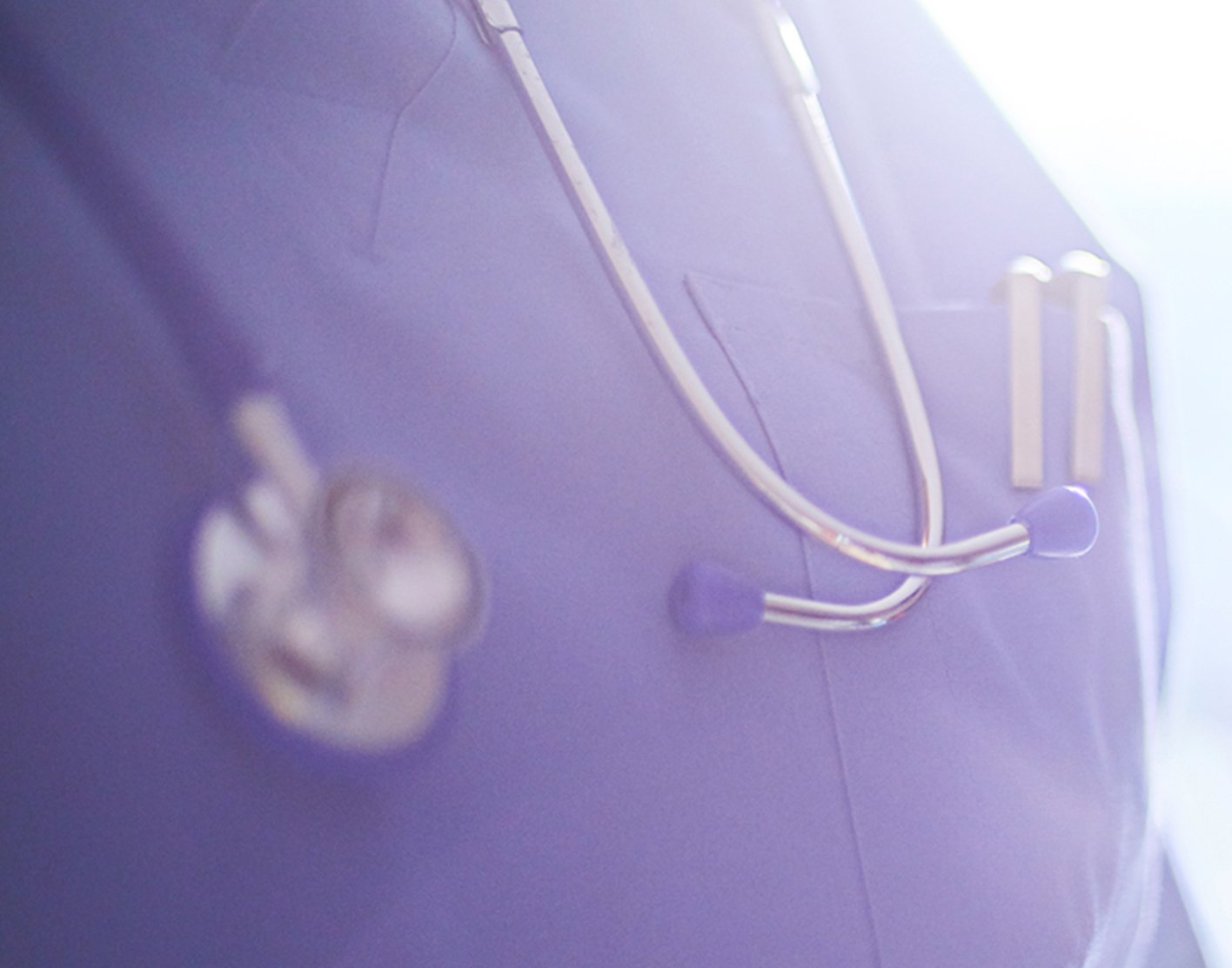
Laryngoscopy and nasolaryngoscopy
Definition
Laryngoscopy is an exam of the back of your throat, including your voice box (larynx). Your voice box contains your vocal cords and allows you to speak.
Alternative Names
Laryngopharyngoscopy; Indirect laryngoscopy; Flexible laryngoscopy; Mirror laryngoscopy; Direct laryngoscopy; Fiberoptic laryngoscopy; Laryngoscopy using strobe (laryngeal stroboscopy)
How the Test is Performed
Laryngoscopy may be done in different ways:
- Indirect laryngoscopy uses a small mirror held at the back of your throat. Your health care provider shines a light on the mirror to view the throat area. This is a simple procedure. Most of the time, it can be done in your provider's office while you are awake. A medicine to numb the back of your throat may be used.
- Fiberoptic laryngoscopy (nasolaryngoscopy) uses a small flexible telescope. The scope is passed through your nose and into your throat. This is the most common way that the voice box is examined. You are awake for the procedure. Numbing medicine will be sprayed in your nose. This procedure typically takes less than 1 minute.
- Laryngoscopy using strobe light can also be done. Use of strobe light can give your provider more information about problems with your voice box.
- Direct laryngoscopy uses a tube called a laryngoscope. The instrument is placed in the back of your throat. The tube may be flexible or stiff. This procedure allows your provider to see deeper in the throat and to remove a foreign object or sample tissue for a biopsy. It is done in a hospital or medical center under general anesthesia, meaning you will be asleep and pain-free.
How to Prepare for the Test
Preparation will depend on the type of laryngoscopy you will have. If the exam will be done under general anesthesia, you may be told not to drink or eat anything for several hours before the test.
How the Test will Feel
How the test will feel depends on which type of laryngoscopy is done.
Indirect laryngoscopy using a mirror or stroboscopy can cause gagging. For this reason, it is not often used in children under age 6 to 7 or those who gag easily.
Fiberoptic laryngoscopy can be done in children. It may cause a feeling of pressure and a feeling like you are going to sneeze.
Why the Test is Performed
This test can help your provider diagnose many conditions involving the throat and voice box. Your provider may recommend this test if you have:
- Bad breath that does not go away
- Breathing problems, including noisy breathing (stridor)
- Long-term (chronic) cough
- Coughing up blood
- Difficulty swallowing
- Ear pain that does not go away
- Feeling that something is stuck in your throat
- Long-term upper respiratory problem in a smoker
- Mass in the head or neck area with signs of cancer
- Throat pain that does not go away
- Voice problems that last more than 3 weeks, including hoarseness, weak voice, raspy voice, or no voice
A direct laryngoscopy may also be used to:
- Remove a sample of tissue in the throat for closer examination under a microscope (biopsy)
- Remove an object that is blocking the airway (for example, a swallowed a marble or coin)
Normal Results
A normal result means the throat, voice box, and vocal cords appear normal.
What Abnormal Results Mean
Abnormal results may be due to:
Acid reflux (GERD) , which can cause redness and swelling of the vocal cordsCancer of the throat or voice box- Nodules on the vocal cords
Polyps (benign lumps) on the voice box- Inflammation in the throat
- Thinning of the muscle and tissue in the voice box (presbylaryngis)
Risks
Laryngoscopy is a safe procedure. Risks depend on the specific procedure, but may include:
- Allergic reaction to anesthesia, including breathing and heart problems
- Infection
- Major bleeding
- Nosebleed
- Spasm of the vocal cords, which causes breathing problems
- Ulcers in the lining of the mouth/throat
- Injury to the tongue or lips
Considerations
Indirect mirror laryngoscopy should NOT be done:
- In infants or very young children
- If you have acute epiglottitis, an infection or swelling of the flap of tissue in front of the voice box
- If you cannot open your mouth very wide
References
Armstrong WB, Vokes DE, Tjoa T, Verma SP. Malignant tumors of the larynx. In: Flint PW, Francis HW, Haughey BH, et al, eds. Cummings Otolaryngology: Head and Neck Surgery. 7th ed. Philadelphia, PA: Elsevier; 2021:chap 105.
Mark LJ, Hillel AT, Lester L, Akst SA, Cover R, Herzer K. General considerations of anesthesia and management of the difficult airway. In: Flint PW, Francis HW, Haughey BH, et al, eds. Cummings Otolaryngology: Head and Neck Surgery. 7th ed. Philadelphia, PA: Elsevier; 2021:chap 5.
Sarber KM, Lam DJ, Ishman SL. Sleep apnea and sleep disorders. In: Flint PW, Francis HW, Haughey BH, et al, eds. Cummings Otolaryngology: Head and Neck Surgery. 7th ed. Philadelphia, PA: Elsevier; 2021:chap 15
Sidell DR, Messner AH. Evaluation and management of the pediatric airway. In: Flint PW, Francis HW, Haughey BH, et al, eds. Cummings Otolaryngology: Head and Neck Surgery. 7th ed. Philadelphia, PA: Elsevier; 2021:chap 206.
Syme NP, Hoffman HT, Anderson C, Pagedar NA. Management of early glottic cancer. In: Flint PW, Francis HW, Haughey BH, et al, eds. Cummings Otolaryngology: Head and Neck Surgery. 7th ed. Philadelphia, PA: Elsevier; 2021:chap 106.
Review Date: 10/09/2023
The information provided herein should not be used during any medical emergency or for the diagnosis or treatment of any medical condition. A licensed physician should be consulted for diagnosis and treatment of any and all medical conditions. Call 911 for all medical emergencies. Links to other sites are provided for information only -- they do not constitute endorsements of those other sites. Copyright ©2019 A.D.A.M., Inc., as modified by University of California San Francisco. Any duplication or distribution of the information contained herein is strictly prohibited.
Information developed by A.D.A.M., Inc. regarding tests and test results may not directly correspond with information provided by UCSF Health. Please discuss with your doctor any questions or concerns you may have.



























